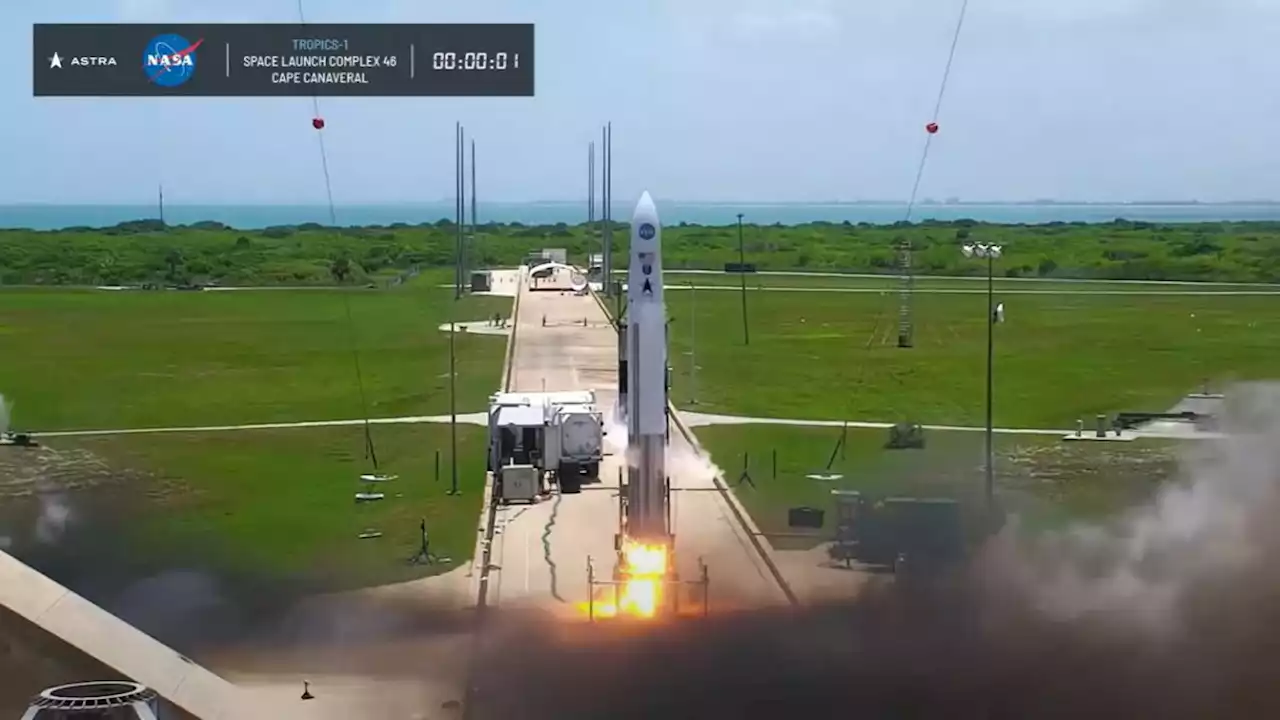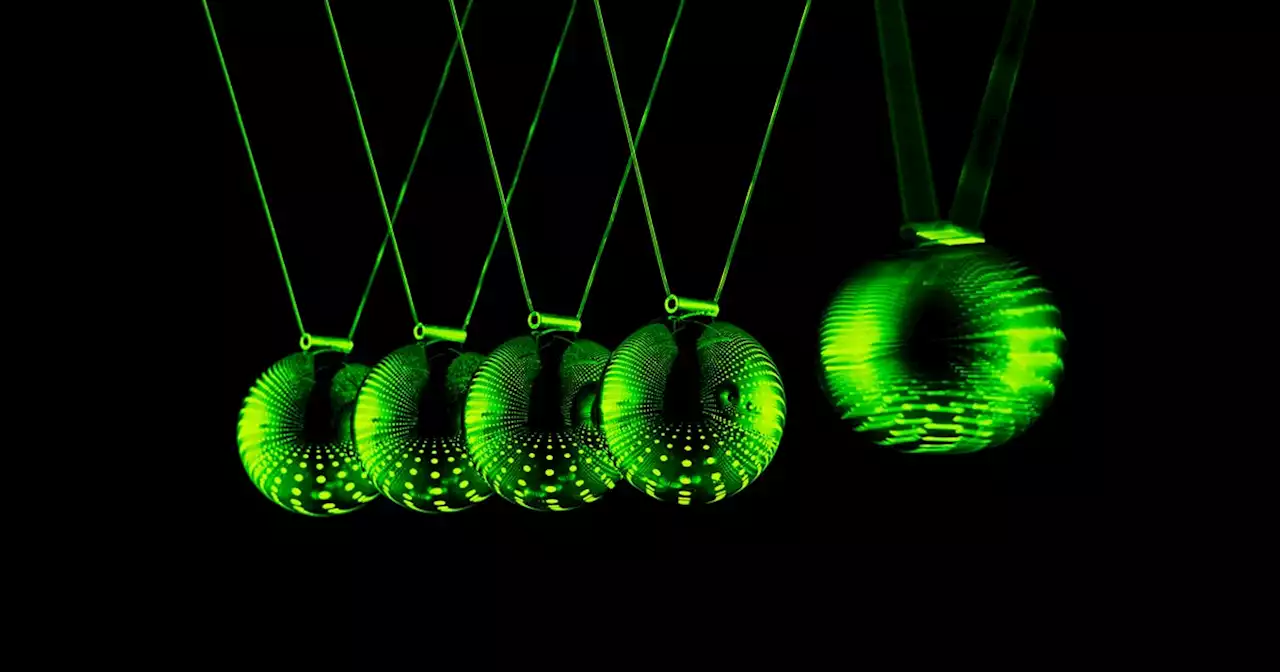NASA is getting ready for the Artemis era of research performed on the surface of the Moon. As part of the preparations, NASA is conducting two, multi-week field tests near Flagstaff, Arizona with astronauts, engineers, and scientists. They will practice mission scenarios for Artemis astronauts in a
Astronaut Scott Tingle takes a closer look at rock formations at Black Point Lava Flow, Arizona during a simulated spacewalk on day 5 of NASA’s Desert Research and Technology Studies in 2011. The upcoming DRATS mission is a reboot of a program that conducted analog missions from 1997-2012. Credit: NASA/Regan Geesemanis getting ready for the Artemis era of research performed on the surface of the Moon.
The heavily cratered surface of the Moon’s South Pole. Credit: NASA/Goddard Space Flight Center Scientific Visualization StudioJETT3 is the first in the series of missions. It will consist of four simulated moonwalks that follow operations planned for Artemis III, the first of the Artemis missions to land astronauts on the surface of the Moon.
A flight control team led the simulated moonwalks from the Mission Control Center at NASA’s Johnson Space Center in Houston, Texas, and was joined by a science team that analyzed the astronauts’ simulated moonwalks in real-time. Japan Aerospace Exploration Agency will join NASA for D-RATS as part of a study agreement that supports JAXA’s ability to potentially provide a pressurized rover for Artemis. JAXA astronauts and engineers will have an opportunity to experience living and working from within NASA’s prototype pressurized rover in an operational environment.
United States Latest News, United States Headlines
Similar News:You can also read news stories similar to this one that we have collected from other news sources.
 NASA Says Shallow Lakes in the Icy Crust of Jupiter’s Moon Europa Could EruptNew scientific research makes hypotheses that NASA’s Europa Clipper can test: Any plumes or volcanic activity at the Jovian moon’s surface are caused by shallow lakes in its icy crust. Subsurface bodies of water in our outer solar system are some of the most important targets in the search for li
NASA Says Shallow Lakes in the Icy Crust of Jupiter’s Moon Europa Could EruptNew scientific research makes hypotheses that NASA’s Europa Clipper can test: Any plumes or volcanic activity at the Jovian moon’s surface are caused by shallow lakes in its icy crust. Subsurface bodies of water in our outer solar system are some of the most important targets in the search for li
Read more »
 Why are we trying to go back to the Moon?The Artemis Program, which began with an un-crewed rocket launch, will eventually set the stage for what NASA hopes is a long-term presence on the moon.
Why are we trying to go back to the Moon?The Artemis Program, which began with an un-crewed rocket launch, will eventually set the stage for what NASA hopes is a long-term presence on the moon.
Read more »
 NASA seeks new rockets for hurricane satellite launches after Astra failuresElizabeth Howell, Ph.D., is a staff writer in the spaceflight channel since 2022. She was contributing writer for Space.com for 10 years before that, since 2012. As a proud Trekkie and Canadian, she also tackles topics like diversity, science fiction, astronomy and gaming to help others explore the universe. Elizabeth's on-site reporting includes two human spaceflight launches from Kazakhstan, three space shuttle missions in Florida, and embedded reporting from a simulated Mars mission in Utah. She holds a Ph.D. and M.Sc. in Space Studies from the University of North Dakota, and a Bachelor of Journalism from Canada's Carleton University. Elizabeth is also a post-secondary instructor in communications and science since 2015. Her latest book, Leadership Moments from NASA, is co-written with astronaut Dave Williams. Elizabeth first got interested in space after watching the movie Apollo 13 in 1996, and still wants to be an astronaut someday.
NASA seeks new rockets for hurricane satellite launches after Astra failuresElizabeth Howell, Ph.D., is a staff writer in the spaceflight channel since 2022. She was contributing writer for Space.com for 10 years before that, since 2012. As a proud Trekkie and Canadian, she also tackles topics like diversity, science fiction, astronomy and gaming to help others explore the universe. Elizabeth's on-site reporting includes two human spaceflight launches from Kazakhstan, three space shuttle missions in Florida, and embedded reporting from a simulated Mars mission in Utah. She holds a Ph.D. and M.Sc. in Space Studies from the University of North Dakota, and a Bachelor of Journalism from Canada's Carleton University. Elizabeth is also a post-secondary instructor in communications and science since 2015. Her latest book, Leadership Moments from NASA, is co-written with astronaut Dave Williams. Elizabeth first got interested in space after watching the movie Apollo 13 in 1996, and still wants to be an astronaut someday.
Read more »
 NASA Sponsored Researcher Suggests It Might Be Possible to Change the Laws of PhysicsAstrophysics professor Adam Frank suggests civilizations could advance so much they could eventually be able to change the laws of physics.
NASA Sponsored Researcher Suggests It Might Be Possible to Change the Laws of PhysicsAstrophysics professor Adam Frank suggests civilizations could advance so much they could eventually be able to change the laws of physics.
Read more »
 NASA will soon test a massive inflatable heat shield in low Earth orbitThe space agency says the new aeroshell technology will enable a number of proposed missions to Mars, Venus, and Titan.
NASA will soon test a massive inflatable heat shield in low Earth orbitThe space agency says the new aeroshell technology will enable a number of proposed missions to Mars, Venus, and Titan.
Read more »
